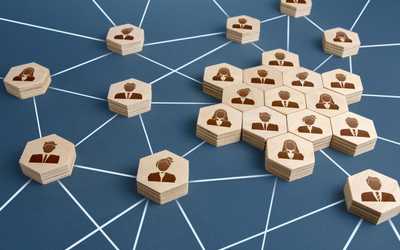Analyzing and Forecasting Thai Macroeconomic Data using Mixed-Frequency Approach
Abstract
Macroeconomic data are an important piece of information in decision making for both the public and private sectors in Thailand. However, the release of key macroeconomic data, usually in a lower frequency such as quarterly, is not always in a timely manner. Using the higher frequency data such as monthly and daily to analyze or forecast the lower frequency data can mitigate the release timing effect. This study applies the mixed-frequency data approach to analyze and forecast Thai key macroeconomic data. The mixed data sampling regressions with various specifications are employed and implemented through some macroeconomic data such as gross domestic product and inflation. The results show that in most cases the mixed-frequency models outperform the autoregressive integrated moving average model, which we used as the benchmark model, even during the COVID-19 period. Some policy implications can also be drawn from the analysis.








